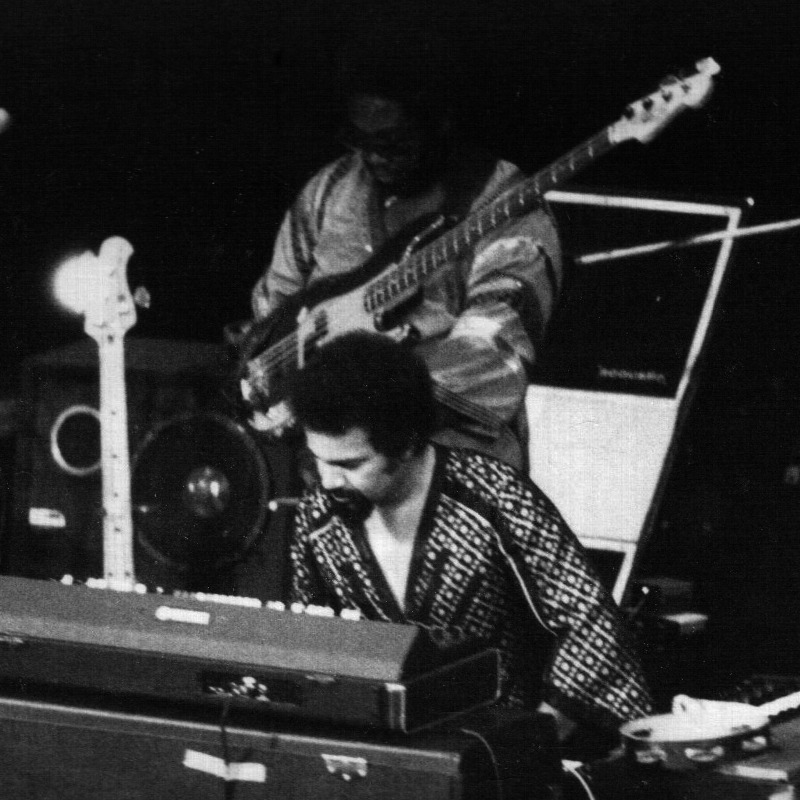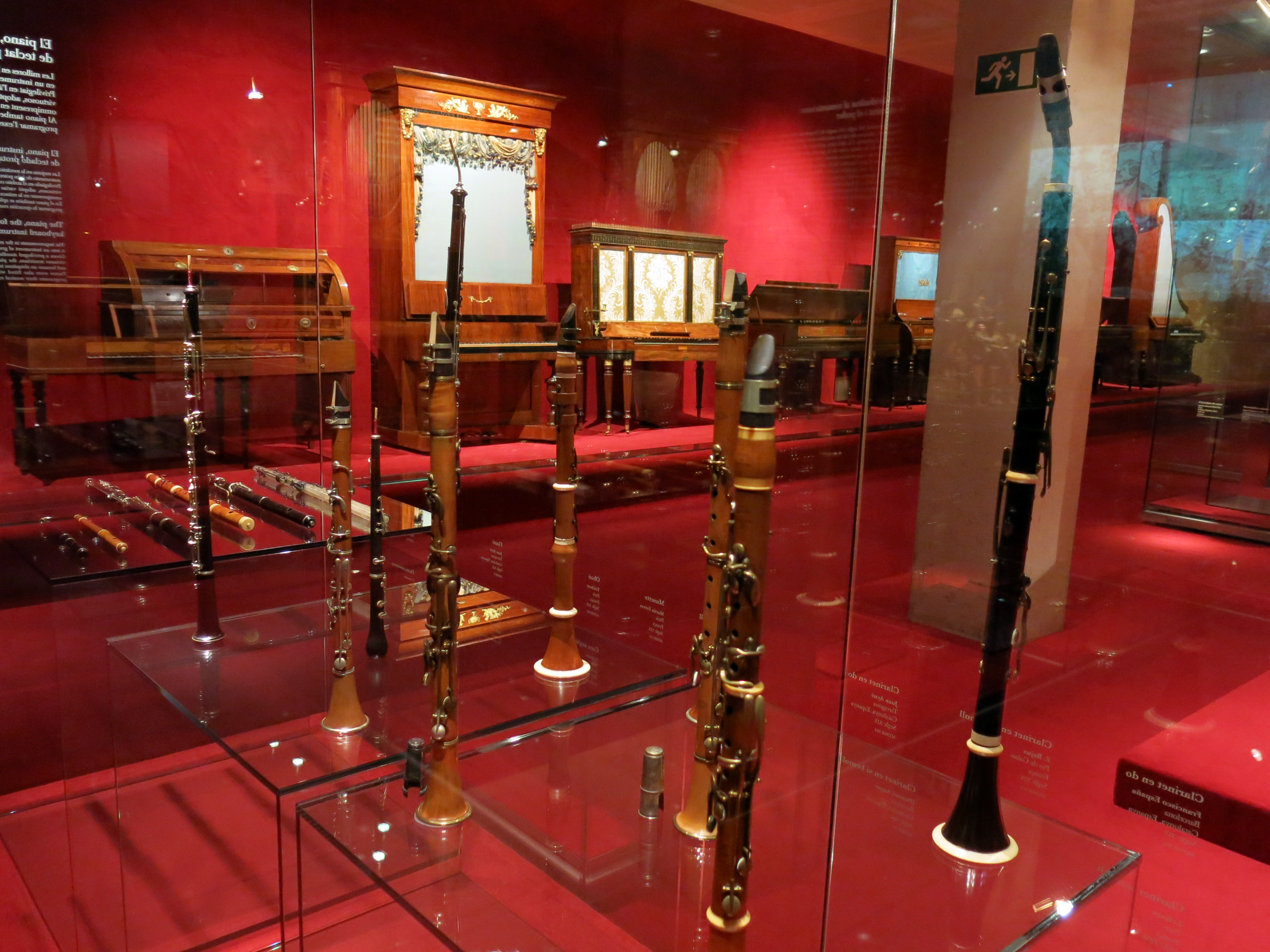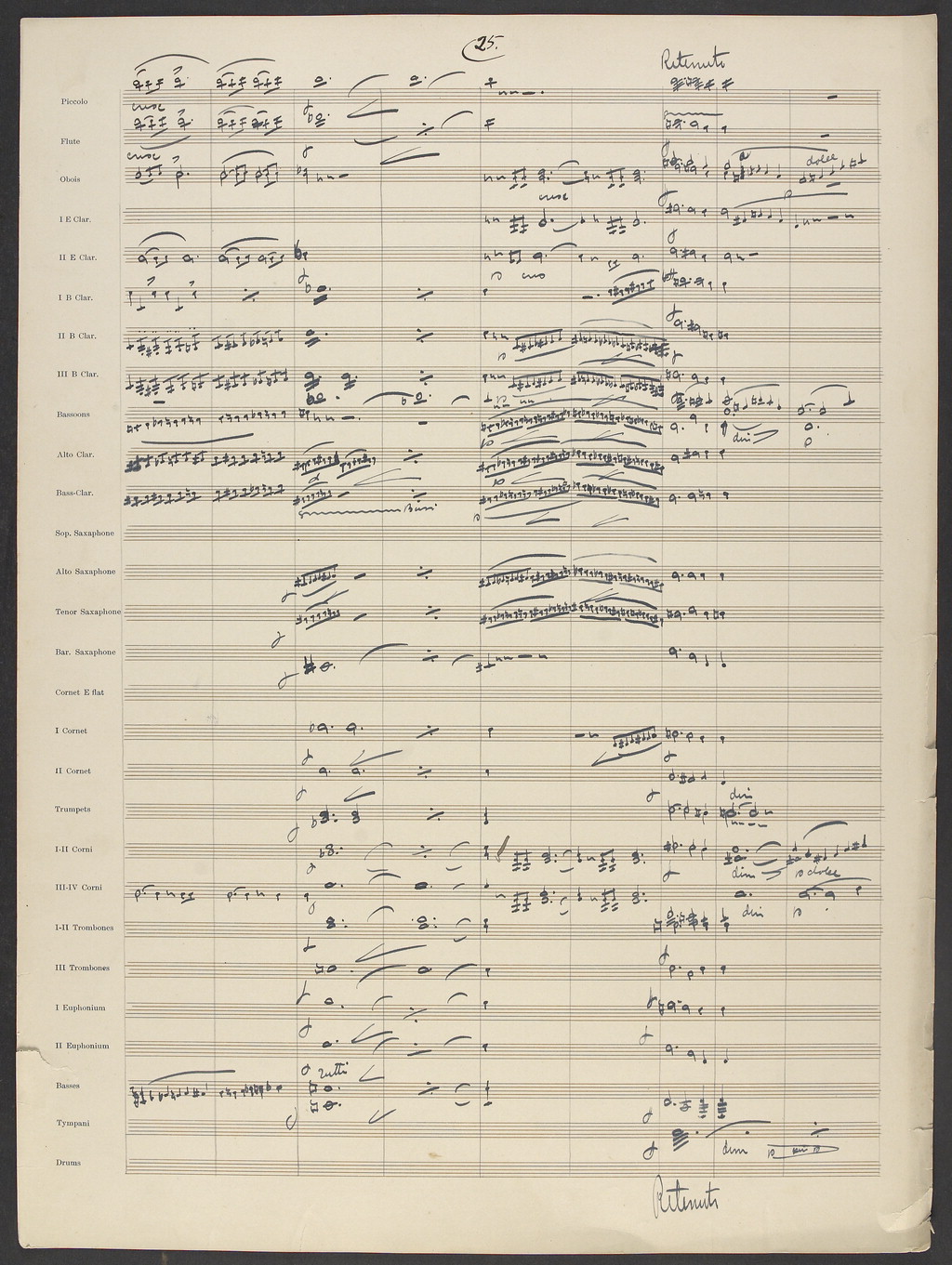|
Down To You (song)
"Down to You" is a song written by Joni Mitchell that was first released on her 1974 album ''Court and Spark''. It won the Grammy Award for Best Arrangement Accompanying Vocalist(s). Lyrics and music "Down to You" uses a verse-bridge structure. It is in the keys of D major and E major. It begins with Mitchell playing a solo piano introduction. The theme of the song is the need to either change your life or take responsibility for it, since "it all comes down to you." Music professor Lloyd Whitesell describes it as "a wry meditation on the transience of love and moral certainty." The song takes place in the aftermath of a one-night stand. The verses provide philosophical ruminations about the situation, while the bridge provides more specifics. The opening lines of the first verse, "Everything comes and goes/marked by lovers and styles of clothes," set the tone for the song. Sean Nelson describes the lyrics as being "terse but true, general but suggestive, clever but lig ... [...More Info...] [...Related Items...] OR: [Wikipedia] [Google] [Baidu] |
Joni Mitchell
Roberta Joan "Joni" Mitchell ( Anderson; born November 7, 1943) is a Canadian-American musician, producer, and painter. Among the most influential singer-songwriters to emerge from the 1960s folk music circuit, Mitchell became known for her starkly personal lyrics and unconventional compositions, which grew to incorporate pop and jazz influences. She has received many accolades, including ten Grammy Awards and induction into the Rock and Roll Hall of Fame in 1997. '' Rolling Stone'' called her "one of the greatest songwriters ever", and AllMusic has stated, "When the dust settles, Joni Mitchell may stand as the most important and influential female recording artist of the late 20th century". Mitchell began singing in small nightclubs in Saskatoon, Saskatchewan, and throughout western Canada, before moving on to the nightclubs of Toronto, Ontario. She moved to the United States and began touring in 1965. Some of her original songs ("Urge for Going", " Chelsea Morning", " Bo ... [...More Info...] [...Related Items...] OR: [Wikipedia] [Google] [Baidu] |
Mark Bego
Mark Joseph Bego (born 23 September 1952, in Pontiac, Michigan) is an author known for his biographies focusing on the rock & roll and show business genres. Bego has written a total of 59 books, two of which have gone on to become New York Times Best Sellers. Bego has written biographies about some of entertainment's biggest stars, including: Linda Ronstadt, Elton John, Aretha Franklin, Elvis Presley, Michael Jackson, Madonna, Billy Joel, Patsy Cline, Leonardo DiCaprio, and Whitney Houston. From 1978 to 1980, he was the Nightlife Editor for Manhattan's ''Cue'', covering everything from Studio 54 to all of the jazz and cabaret clubs in the city. From 1983 to 1985, he was editor-in-chief of Modern Screen. His writing has also appeared in People, US, Billboard, Record World, Cosmopolitan, Star, and National Enquirer. Bego's book on singer Michael Jackson, titled For ''Michael!,'' was released a week after the infamous Pepsi Cola commercial in which Jackson's hair caught fire. The ... [...More Info...] [...Related Items...] OR: [Wikipedia] [Google] [Baidu] |
Max Bennett (musician)
Max Bennett (May 24, 1928 – September 14, 2018) was an American jazz bassist and session musician. Early life Bennett grew up in Kansas City, Missouri and Oskaloosa, Iowa, and went to college in Iowa. Career His first professional gig was with Herbie Fields in 1949, and following this he played with Georgie Auld, Terry Gibbs, and Charlie Ventura. He served in the Army during the Korean War from 1951 to 1953, and then played with Stan Kenton before moving to Los Angeles. There he played regularly at the Lighthouse Cafe with his own ensemble, and played behind such vocalists as Peggy Lee, Ella Fitzgerald, Joni Mitchell and Joan Baez through the 1970s. He also recorded with Charlie Mariano, Conte Candoli, Bob Cooper, Bill Holman, Stan Levey, Lou Levy, Coleman Hawkins and Jack Montrose. Bennett recorded under his own name from the late 1950s and did extensive work as a composer and studio musician in addition to jazz playing. Often associated with The Wrecking Crew ... [...More Info...] [...Related Items...] OR: [Wikipedia] [Google] [Baidu] |
Larry Carlton
Larry Eugene Carlton (born March 2, 1948) is an American guitarist who built his career as a studio musician in the 1970s and 1980s for acts such as Steely Dan and Joni Mitchell. He has participated in thousands of recording sessions, recorded on hundreds of albums in many genres, for television and movies, and on more than 100 gold records. He has been a member of the jazz fusion group the Crusaders, the smooth jazz band Fourplay, and has maintained a long solo career. Music career Session work Carlton was born in Torrance, California, United States, and at the age of six began guitar lessons. His interest in jazz came from hearing guitarist Joe Pass on the radio, after which he moved on to jazz guitarists Barney Kessel and Wes Montgomery, and blues guitarist B.B. King. He went to junior college and Long Beach State College while playing professionally at clubs in Los Angeles. During the 1970s, he found steady work as a studio musician on electric and acoustic guitar i ... [...More Info...] [...Related Items...] OR: [Wikipedia] [Google] [Baidu] |
Rhodes Piano
The Rhodes piano (also known as the Fender Rhodes piano) is an electric piano invented by Harold Rhodes, which became popular in the 1970s. Like a conventional piano, the Rhodes generates sound with keys and hammers, but instead of strings, the hammers strike thin metal tines, which vibrate next to an electromagnetic pickup. The signal is then sent through a cable to an external keyboard amplifier and speaker. The instrument evolved from Rhodes's attempt to manufacture pianos while teaching recovering soldiers during World War II. Development continued after the war and into the following decade. In 1959, Fender began marketing the Piano Bass, a cut-down version; the full-size instrument did not appear until after Fender's sale to CBS in 1965. CBS oversaw mass production of the Rhodes piano in the 1970s, and it was used extensively through the decade, particularly in jazz, pop, and soul music. It was less used in the 1980s because of competition with polyphonic and digital ... [...More Info...] [...Related Items...] OR: [Wikipedia] [Google] [Baidu] |
Joe Sample
Joseph Leslie Sample (February 1, 1939 – September 12, 2014) was an American keyboardist and composer. He was one of the founding members of The Jazz Crusaders in 1960, the band which shortened its name to "The Crusaders" in 1971. He remained a part of the group until its final album in 1991 (not including the 2003 reunion album ''Rural Renewal''). Beginning in the late 1960s, he enjoyed a successful solo career and guested on many recordings by other performers and groups, including Miles Davis, George Benson, Jimmy Witherspoon, Michael Franks, B. B. King, Eric Clapton, Steely Dan, Joni Mitchell, Anita Baker, and the Supremes. Sample incorporated gospel, blues, jazz, latin, and classical forms into his music. Biography Sample was born in Houston, Texas, the youngest son of Alexander Sample, a mail-carrier, and Agatha (née Osborne) Sample, a seamstress. Sample began to play the piano at the age of five. He was a student of the organist and pianist (Theodore or T.) Cur ... [...More Info...] [...Related Items...] OR: [Wikipedia] [Google] [Baidu] |
Reed Instrument
Reed aerophones is one of the categories of musical instruments found in the Hornbostel-Sachs system of musical instrument classification. In order to produce sound with these Aerophones the player's breath is directed against a lamella or pair of lamellae which periodically interrupt the airflow and cause the air to be set in motion. 422 Reed aerophones :422.1 Double reed instruments - There are two lamellae which beat against one another. ::422.11 (Single) oboes. :::422.111 With cylindrical bore. ::::422.111.1 Without fingerholes. ::::422.111.2 With fingerholes. :::::*Duduk :::::* Piri :::422.112 With conical bore. ::::* Bassoon ::::*Hne ::::*Oboe ::::** Oboe d'amore ::::*Shawm ::::* Taepyeongso ::422.12 Sets of oboes. :::422.121 With cylindrical bore. :::422.122 With conical bore. :422.2 Single reed instruments - The pipe has a single 'reed' consisting of a percussion lamella. ::422.21 (Single) clarinets. :::422.211 With cylindrical bore. ::::422.211.1 Without fingerh ... [...More Info...] [...Related Items...] OR: [Wikipedia] [Google] [Baidu] |
Woodwind Instrument
Woodwind instruments are a family of musical instruments within the greater category of wind instruments. Common examples include flute, clarinet, oboe, bassoon, and saxophone. There are two main types of woodwind instruments: flutes and reed instruments (otherwise called reed pipes). The main distinction between these instruments and other wind instruments is the way in which they produce sound. All woodwinds produce sound by splitting the air blown into them on a sharp edge, such as a reed or a fipple. Despite the name, a woodwind may be made of any material, not just wood. Common examples include brass, silver, cane, as well as other metals such as gold and platinum. The saxophone, for example, though made of brass, is considered a woodwind because it requires a reed to produce sound. Occasionally, woodwinds are made of earthen materials, especially ocarinas. Flutes Flutes produce sound by directing a focused stream of air below the edge of a hole in a cylindrical ... [...More Info...] [...Related Items...] OR: [Wikipedia] [Google] [Baidu] |
Clavinet
The Clavinet is an electrically amplified clavichord invented by Ernst Zacharias and manufactured by the Hohner company of Trossingen, West Germany, from 1964 to 1982. The instrument produces sounds by a rubber pad striking a point on a tensioned string, and was designed to resemble the Renaissance music, Renaissance-era clavichord. Although originally intended for home use, the Clavinet became popular on stage, and could be used to create electric guitar sounds on a keyboard. It is strongly associated with Stevie Wonder, who used the instrument extensively, particularly on his 1972 hit "Superstition (song), Superstition", and was regularly featured in rock music, rock, funk and reggae music throughout the 1960s and 1970s. Modern digital keyboards can emulate the Clavinet sound, but there is also a grass-roots industry of repairers who continue to maintain the instrument. Description The Clavinet is an electromechanics, electromechanical instrument that is usually used i ... [...More Info...] [...Related Items...] OR: [Wikipedia] [Google] [Baidu] |
Arrangement (music)
In music, an arrangement is a musical adaptation of an existing composition. Differences from the original composition may include reharmonization, melodic paraphrasing, orchestration, or formal development. Arranging differs from orchestration in that the latter process is limited to the assignment of notes to instruments for performance by an orchestra, concert band, or other musical ensemble. Arranging "involves adding compositional techniques, such as new thematic material for introductions, transitions, or modulations, and endings. Arranging is the art of giving an existing melody musical variety".(Corozine 2002, p. 3) In jazz, a memorized (unwritten) arrangement of a new or pre-existing composition is known as a ''head arrangement''. Classical music Arrangement and transcriptions of classical and serious music go back to the early history of this genre. Eighteenth century J.S. Bach frequently made arrangements of his own and other composers' pieces. ... [...More Info...] [...Related Items...] OR: [Wikipedia] [Google] [Baidu] |
Pitchfork Media
''Pitchfork'' (formerly ''Pitchfork Media'') is an American online music publication (currently owned by Condé Nast) that was launched in 1995 by writer Ryan Schreiber as an independent music blog. Schreiber started Pitchfork while working at a record store in suburban Minneapolis, and the website earned a reputation for its extensive coverage of indie rock music. It has since expanded and covers all kinds of music, including pop. Pitchfork was sold to Condé Nast in 2015, although Schreiber remained its editor-in-chief until he left the website in 2019. Initially based in Minneapolis, Pitchfork later moved to Chicago, and then Greenpoint, Brooklyn. Its offices are currently located in One World Trade Center alongside other Condé Nast publications. The site is best known for its daily output of music reviews but also regularly reviews reissues and box sets. Since 2016, it has published retrospective reviews of classics, and other albums that it had not previously revi ... [...More Info...] [...Related Items...] OR: [Wikipedia] [Google] [Baidu] |
Billboard Magazine
''Billboard'' (stylized as ''billboard'') is an American music and entertainment magazine published weekly by Penske Media Corporation. The magazine provides music charts, news, video, opinion, reviews, events, and style related to the music industry. Its music charts include the Hot 100, the 200, and the Global 200, tracking the most popular albums and songs in different genres of music. It also hosts events, owns a publishing firm, and operates several TV shows. ''Billboard'' was founded in 1894 by William Donaldson and James Hennegan as a trade publication for bill posters. Donaldson later acquired Hennegan's interest in 1900 for $500. In the early years of the 20th century, it covered the entertainment industry, such as circuses, fairs, and burlesque shows, and also created a mail service for travelling entertainers. ''Billboard'' began focusing more on the music industry as the jukebox, phonograph, and radio became commonplace. Many topics it covered were spun-off int ... [...More Info...] [...Related Items...] OR: [Wikipedia] [Google] [Baidu] |





